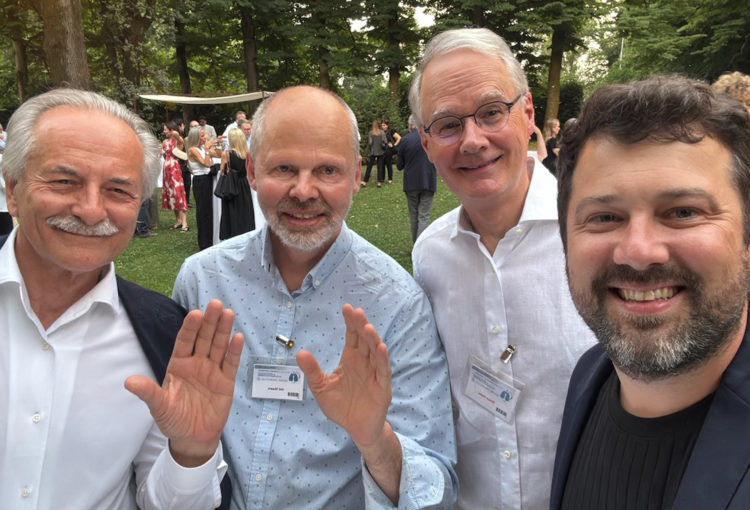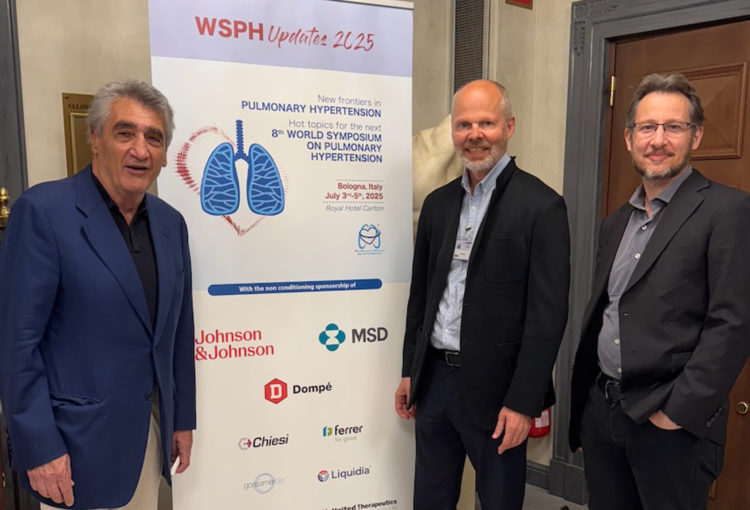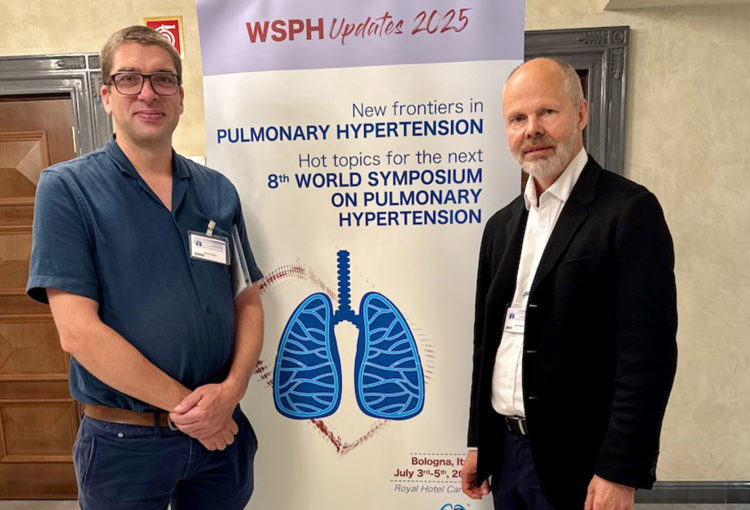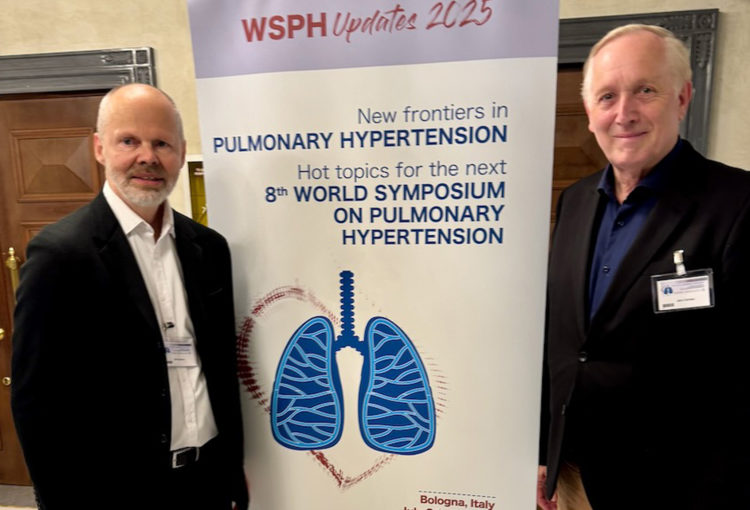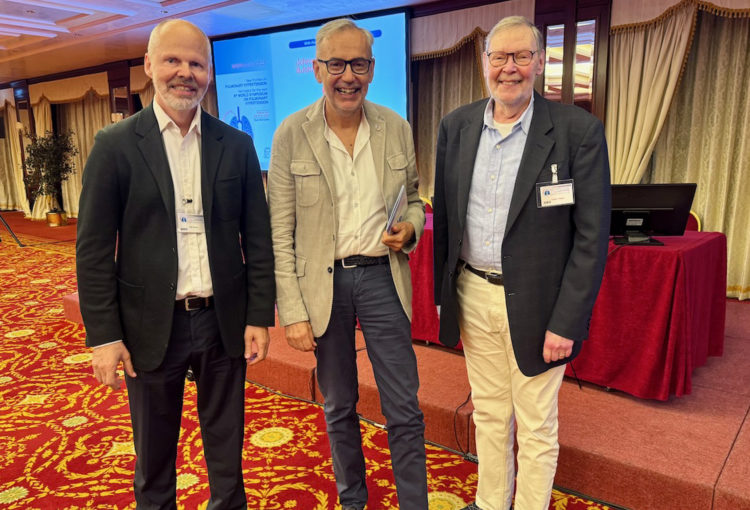Report from the world PH Symposium Updates 2025
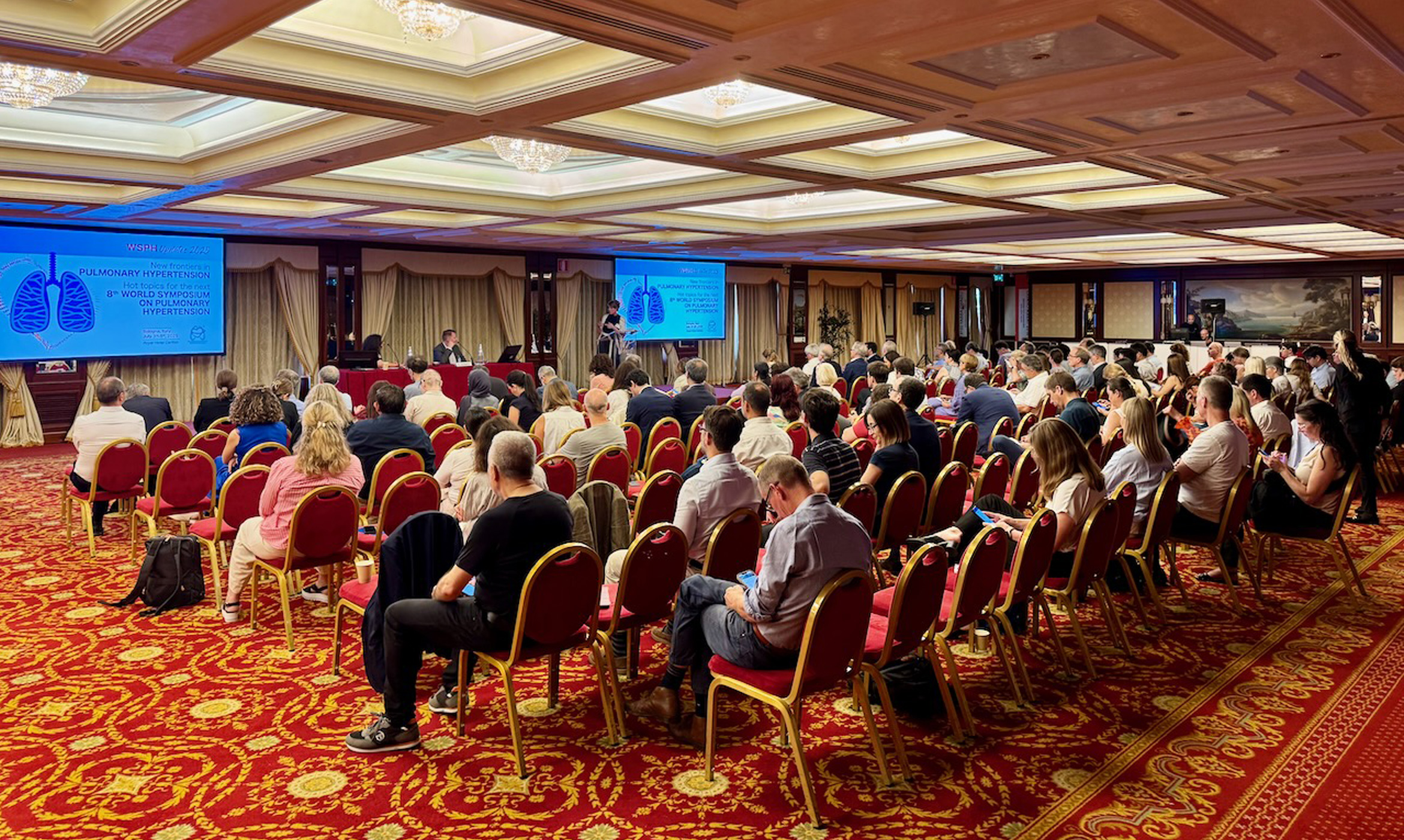
This event was organized as an interim update to the World Symposium on Pulmonary Hypertension (WSPH), which has traditionally been held every five years. Seven such symposia have taken place so far, with the most recent (the 7th WSPH) held last year in Barcelona. Recognizing the rapid developments in PH research, the organizers decided it was important to convene these update conferences between the main events. It is expected that there will be at least one more such update conference before the 8th World Symposium, likely to be held in the United States (date and location still to be confirmed).
In her opening statement, Prof. Vallerie V. McLaughlin gave the audience a historical overview of the symposiums, clinical trials, and other major milestones. The first symposium was held in Geneva in 1960 and attended by only a handful of PH specialists. The next meeting took place in Geneva in 1973, followed by the third in Venice in 2003, then Dana Point in 2008, and back to Europe in Nice in 2013 and 2018. The latest meeting was held in Barcelona in 2024 and was attended by 1,700 people. Prof. McLaughlin also provided an overview of the 48 PAH trials conducted since 1990, covering the three established medical pathways and, more recently, the fourth pathway introduced by sotatercept. She discussed the evolution of trial endpoints and explained how, after the symposium in Dana Point in 2008, a recommendation was made to use Time to Clinical Worsening (TTCW) as an endpoint, because there did not appear to be a direct relationship between six-minute walking distance and outcomes. This led to the very large GRIPHON study, which included more than 1,100 participants. The study ran for almost 1.5 years; the time frame was not fixed in advance because it depended on when patients experienced TTCW events. The tide has somewhat turned again now, and Prof. McLaughlin noted that in 2025, the typical primary endpoint in phase 2 studies is changes in Pulmonary Vascular Resistance (PVR), and acceptable phase 3 endpoints include 6MWD, TTCW, or M&M (Morbidity and Mortality). Novel endpoints like risk scores and multicomponent improvement still need to be validated, while secondary endpoints such as hemodynamics, right ventricular function, and quality of life remain important.
During the 7th WSPH, I served on the Patient Task Force together with Pisana Ferrari and six other advocates and clinicians. For this update meeting, Pisana Ferrari had been invited to deliver the opening presentation on patient perspectives and empowerment. Unfortunately, due to health issues, she had to withdraw shortly before the event. As I was also a Task Force member and already planning to attend, I was asked to deliver the presentation on her behalf. The presentation was titled:
From Patient Empowerment in Pulmonary Hypertension to PROMs: the Patient Perspective.
The talk traced the evolution of patient empowerment. In the 1980s and 1990s, patient movements such as HIV/AIDS and breast cancer advocacy laid the foundation for collective patient voices. The first PH patient associations formed in the 1990s, and today there are around 90 PH associations worldwide. The rise of the internet accelerated empowerment from 2000 onwards. Over time, patients gained seats at the table with health authorities, regulatory agencies, scientific societies (ESC, ERS), and industry partners. PROMs give patients a structured way to communicate symptoms, feelings, treatment impacts, and other quality of life issues. They validate the patient experience and have measurable correlations with outcomes. However, PROMs remain underused and are sometimes poorly understood by both clinicians and patients. The presentation concluded by emphasizing that empowerment is an ongoing process and recommended broader training for patients and healthcare professionals to integrate PROMs more effectively. I also highlighted that today’s greatest challenge is the inequality in patient empowerment and care, with large discrepancies especially between the Global North and Global South.
The conference agenda included a wide range of presentations on novel therapeutics such as sotatercept and other new medications currently in trials, emerging biomarkers and diagnostic tools, surgical interventions and interventional procedures, health economics and access disparities in PH care, and patient-centered outcomes and quality of life.
There were too many presentations to go into detail about each one. However, I would like to mention a couple given by younger scientists from the Paris group. In the first, Dr. David Montani spoke about the clinical consequences of genetic advances in pulmonary hypertension. Dr. Montani began by reviewing the genes currently known to predispose to PAH. The number seems to be constantly growing, but BMPR2 mutations remain by far the most common. Today, genetic testing is recommended especially for idiopathic PAH patients. Dr. Montani also pointed out that we may be able to learn from healthy individuals carrying these mutations who later develop PAH. This could help researchers identify environmental factors, pregnancy, or other hormonal influences that trigger disease onset. In the future, scientists might be able to identify subgroups of patients with gene mutations who could benefit from preventive treatment. Dr. Montani also discussed the efficacy of sotatercept in both carriers and non-carriers of BMPR2 mutations. In his concluding remarks, he emphasized that genetic background could eventually influence the efficacy and safety of innovative therapies.
Dr. Athénaïs Boucly, also from the Paris group at Hôpital Bicêtre, spoke about biomarkers in PH. She categorized biomarkers as either tissue-based or circulating and explained that they can be used as diagnostic, prognostic, or theranostic markers. She focused on circulating biomarkers and presented research analyzing 208 different proteins that appear to differ between healthy individuals and PAH patients. However, none of them are currently used to inform PAH diagnosis. The field of analyzing proteins like this is called proteomics. Such approaches could help identify different PH subgroups, such as PAH, PH due to left heart disease, PH due to lung disease, and CTEPH. She also discussed efforts to perform disease prognosis using protein profiles. In a study of 4,000 different proteins, six were identified as prognostic markers independent of 6MWD and NT-proBNP. Nevertheless, NT-proBNP remains the most reliable prognostic biomarker today and is used in risk stratification. It is also promising to see that protein analysis might one day be used to predict response to therapy, although this is not yet possible.
The final day was dedicated to young investigators and early-career scientists. Their presentations were of an impressively high caliber, demonstrating a deep commitment to advancing PH science. Several patient case discussions were particularly moving. It was both inspiring and sobering to witness the dedication of clinical teams fighting to save patients – especially in severe cases where, despite their best efforts, they could not prevent loss of life. The presentation of a pediatric patient case underscored how critical it is to accelerate the development of innovative and transformative therapies. This is a good sign for the future of PH research and clinical care. Seeing such capable and motivated young professionals was one of the most hopeful aspects of the event.
Overall, this update conference highlighted the progress in PH research and patient engagement since the last WSPH. At the same time, it made clear how much remains to be done to close gaps in access, develop disease-modifying medicines, and ensure patients everywhere can benefit from advances. Delivering the patient perspective presentation was an honor and a reminder of the collective responsibility we share to sustain momentum toward better outcomes.
Hall Skaara
Project Manager, PHA Europe
Egersund, July 10th, 2025



